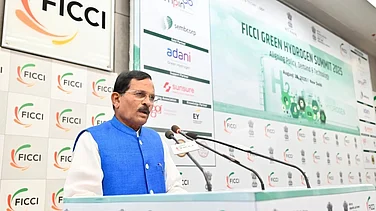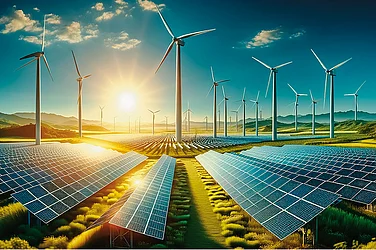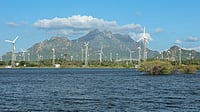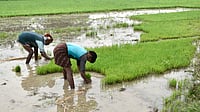It is an established fact that meat and dairy products have high carbon footprint. They require more amount of land and water to grow, and they significantly contribute to greenhouse gas (GHG) emissions. Clearly, they can be blamed for the climate crisis to some extent. A new study, cited in a report by The Coversation, reveals cost-effective alternatives for these unsustainable food products.
The findings of the study, as mentioned in the report, show that unprocessed plant-based foods, such as soybeans, peas and beans are best suited for replacing meat and dairy. Choosing legumes over meat and milk can reduce the death rate by a tenth, especially from diet-related diseases like heart disease, stroke, cancer and diabetes. These alternatives not only halve the GHG emissions, they can also cut food costs by more than a third.
Tempeh, a traditional Indonesian food made from fermented soybeans, retains much of the nutritional properties of soybeans without much processing or additives. It is also relatively low cost. Therefore, it also emerged as a decent alternative.
The plant-based alternatives selected for the study included traditional products such as tofu and tempeh, processed options such as veggie burgers and plant milks, products still under development such as lab-grown beef and unprocessed foods like soybeans and peas. They were studied on the basis of their nutritional profile, health benefits, environmental impact and cost.
Veggie Burgers and Plant Milks
Alternatives like veggie burgers and plant milks reduce emissions and improve health only by a fifth. They also cost a tenth higher than the current diets of meat and dairy products. Processing these food items requires energy, which typically raises costs and emissions.
However, the environment benefits compared with meat and dairy cannot be ruled out.
Both processed and unprocessed plant-based alternatives had a lower environmental impact than meat and milk, as they generate less emissions and consume less land and water to make.
Lab Grown Meat
While lab-grown meat has not yet hit the markets, existing data suggests that it will not be competitive with meat alternatives, nor meat from slaughter. Using current technology that consumes a lot of energy to grow animal tissue in a lab, cultured meat’s emissions can be as high as those of beef burgers while costing up to 40,000 times more. By replicating beef, the health impacts of lab-grown meat are similarly bad, the findings of the study suggests.
Although costs and emissions could fall as production processes become more efficient, this would require substantial investment and technological advancements.
India’s Meat and Dairy Consumption
According to Household Consumption Expenditure Survey (HCES) 2022-23, the share of per capita monthly expenditure on milk and milk products in all the food items consumed is 8.3 per cent in rural India. This is 7.2 per cent in urban India. The share of egg, fish and meat was 4.9 per cent in rural areas and 3.6 per cent in urban areas in the same duration.
Due to significant population of India consuming high emission food items, the study becomes relevant, prompting a need to reconsider individual food choices.


























